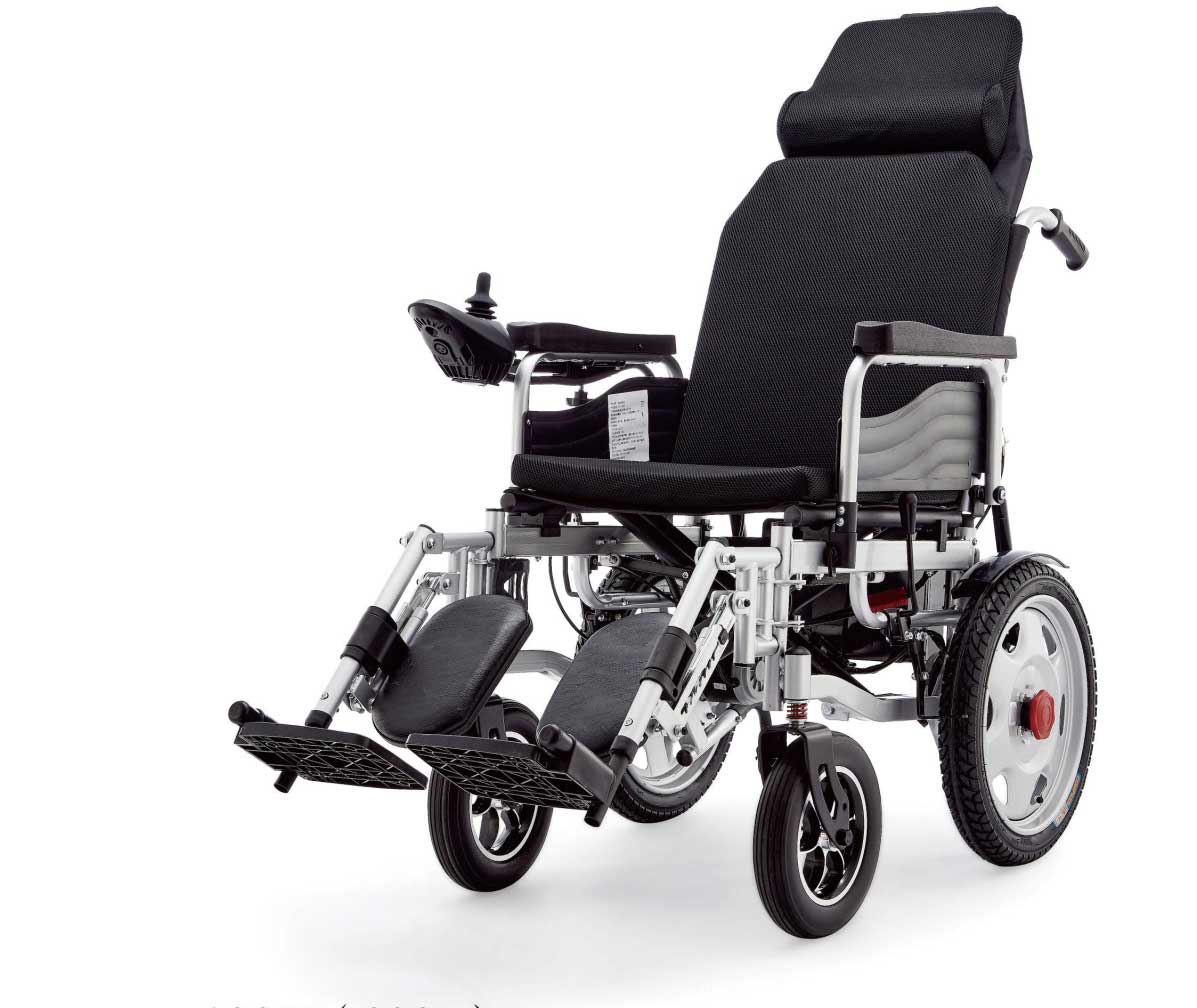Welcome to our websites!
Exploring the Impact of Hospital Bed Availability on Healthcare Outcomes
The Importance of Hospital Beds in Healthcare Systems
Hospital beds are a critical component of any healthcare system, serving as the foundational element for patient care and recovery. With the ongoing evolution of medicine and patient needs, the significance of hospital beds has expanded beyond mere functionality to encompass comfort, technology, and accessibility. This article explores the multifaceted role of hospital beds and their impact on patient outcomes and healthcare efficiency.
Physical and Emotional Comfort
One of the primary functions of a hospital bed is to provide a safe and comfortable resting place for patients. The design of hospital beds has transformed over the years, moving from simple cots to high-tech adjustable beds that can accommodate diverse needs. Modern hospital beds often come with features such as height adjustment, side rails, and the ability to recline, which allows patients to find a position that alleviates pain and promotes recovery.
Comfort isn’t just a luxury; it's intrinsically linked to the healing process. Studies have shown that a patient's comfort level can significantly influence their overall satisfaction with care, emotional well-being, and even recovery speed. Thus, hospitals are increasingly investing in high-quality mattresses and ergonomic bed designs, recognizing that a well-rested patient is often a quicker-to-recover patient.
Technological Advancements
The integration of technology into hospital beds is revolutionizing patient care. Modern beds may include built-in monitoring systems that track vital signs, pressure, and weight—data essential for healthcare providers to assess a patient's condition continuously. Smart beds, equipped with sensors, can signal caregivers if a patient is attempting to get up, alerting staff to potential falls—a significant concern in hospital settings.
Additionally, some beds are now equipped with advanced pressure-relief systems to help prevent bedsores, a common complication for patients with limited mobility. These technological innovations not only enhance patient safety but also improve the overall efficiency of care delivery. Nurses spend less time manually checking on patients, allowing them to concentrate on other critical areas of care.
hospitalbeds

Accessibility and Inclusivity
As healthcare systems strive to be more inclusive, the design of hospital beds must also accommodate a diverse patient population. This includes considering the needs of patients with disabilities, the elderly, and those who may require specialized equipment. For instance, beds with adjustable heights and easy access features enable caregivers to assist patients more effectively.
Furthermore, addressing the needs of different populations can improve health equity. A well-designed hospital bed can reduce the barriers to care for patients with mobility issues or other impairments, ensuring that everyone receives the appropriate level of support and attention.
Emergency Preparedness
The importance of hospital beds becomes even more pronounced during public health emergencies, such as the COVID-19 pandemic. The demand for hospital beds surged, prompting healthcare facilities to adapt quickly. Many institutions expanded their bed capacity and even reconfigured spaces to accommodate increased patient volumes. This situation highlighted the necessity for flexible healthcare infrastructure capable of scaling up in times of crisis.
In such emergencies, the types of beds used also matter. Temporary facilities must utilize beds that are easy to assemble and disassemble while still being safe and comfortable for patients. Hospitals that had already invested in flexible and modular bed solutions were better equipped to manage surges in patient numbers effectively.
Conclusion
Hospital beds are more than just pieces of furniture; they represent a pivotal element in the healthcare ecosystem. As the landscape of healthcare continues to change, the design and functionality of hospital beds must evolve to meet the needs of patients, healthcare providers, and the system as a whole. Investing in comfortable, technologically advanced, and accessible hospital beds is crucial for improving patient outcomes, enhancing care efficiency, and ultimately contributing to a more effective healthcare system. As we look to the future, it is essential to prioritize innovations in hospital bed design to ensure that they remain a reliable cornerstone of patient care.
-
Transforming Healthcare with Hospital FurnitureNewsJun.24,2025
-
Rehabilitation EquipmentNewsJun.24,2025
-
Mobility and Independence with WheelchairsNewsJun.24,2025
-
Freedom of Mobility with Our Rollator WalkersNewsJun.24,2025
-
Comfort and Independence with Commode ChairsNewsJun.24,2025
-
Bathing Safety and Independence with Shower ChairsNewsJun.24,2025
-
Navigating the Wholesale Landscape of Electric Mobility Solutions: Key Considerations for Power Wheelchair DealersNewsJun.10,2025











